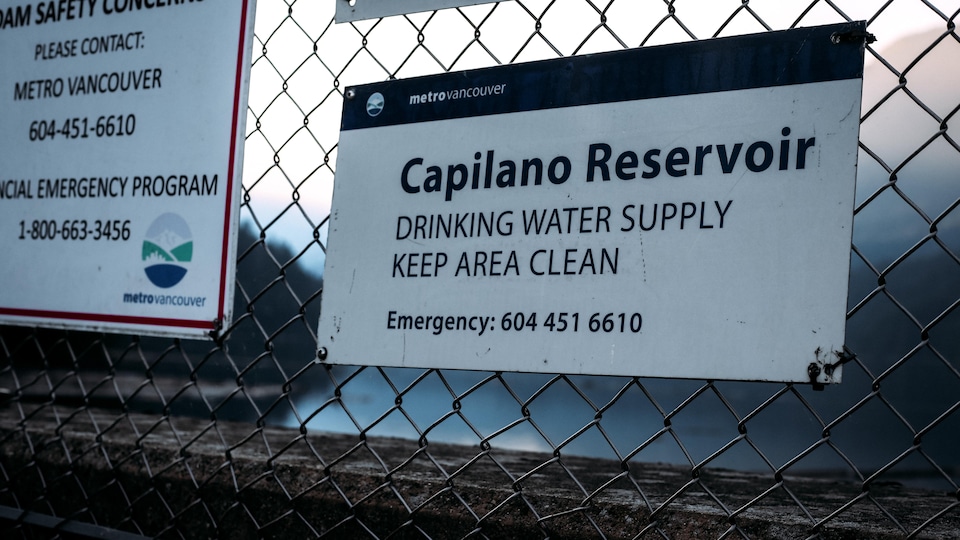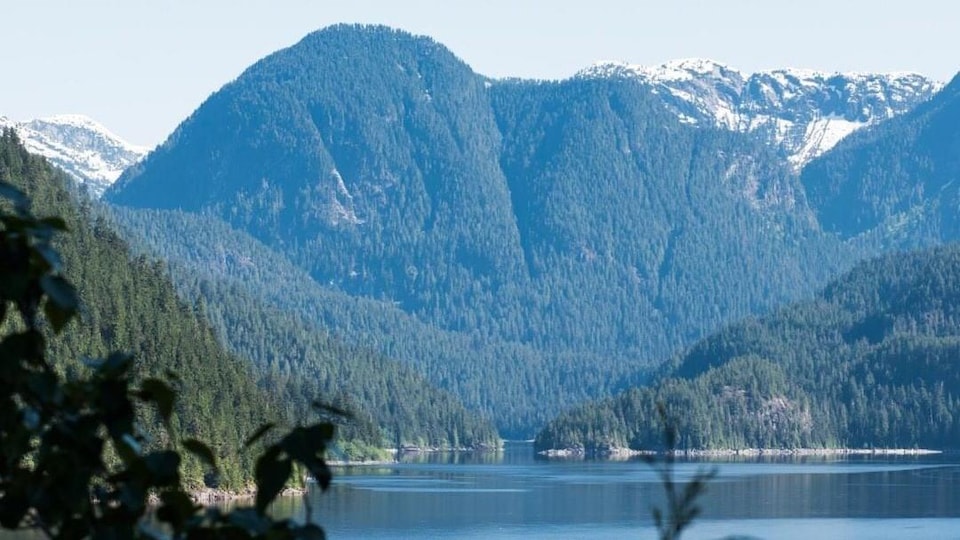Lawn watering restrictions, which come into effect as early as Sunday in Metro Vancouver, may seem unnecessary. However, they are part of the important measures put in place to save municipal water. Lawn watering accounts for more than half of the drinking water used during the summer, according to Metro Vancouver.
During the hot season, the level of reservoirs in the region decreases, in particular due to evaporation. In 2021, for example, the level of reservoirs rose from 277 billion liters on the 1er May to 171 billion liters on the 1er September, according to data from Metro Vancouver.
Environment Canada predicts peak temperatures will occur between mid-July and mid-August this year, later than last year, when the province shattered temperature records as early as June during a deadly heat dome.
However, the decline in the level of the reservoirs puts pressure on the city’s water supply, which is facing an increase in its demand during the same period.
Melting of the glaciers
The snowpack represents the seasonal accumulation of snow. It feeds streams and rivers when it melts. In Metro Vancouver, the nival stock of the Coast Mountains is a major source of drinking water, supplying the reservoirs of Capilano, Seymour and Coquitlam lakes.
1er January, the province’s River Forecasting Center recorded above normal snowpack levels across the province, except in the Okanagan. However, this level of snow cover has decreased drastically in recent decades, says CBC meteorologist Johanna Wagstaffe.
” The amount of snow you get, which is seasonal, this decade is really different than the 1950s or 1960s. »
Our baseline has already changed, she adds. We have to get used to conserving water, because this year is an extraordinary year, argues Johanna Wagstaffe.
The results of a study (New window) (in English) conducted by the University of Northern British Columbia confirm this trend of global snow cover loss. Between 2015 and 2019, glaciers lost 298 billion tonnes of snow per year, a melting that accelerated from the 227 billion tonnes per year lost between 2000 and 2004, according to the study.
1 million more people to feed by 2050
For John Richardson, a professor in the Department of Conservation Sciences at the University of British Columbia, population growth is one of the big factors influencing the water supply in the region.
According to projections from the Regional District of Metro Vancouver, the region is expected to see its population increase by more than one million people in the next 30 years to reach 3.8 million people, up from 2.7 million. in 2021.
Despite this, the construction of no other water reservoir is planned, argues John Richardson.
In 2020, Metro Vancouver announced an investment of $1 billion over the next seven years to build infrastructure that will double the access, treatment and distribution of water from Lake Coquitlam, the largest reservoir in the region.
Other water infrastructure projects are on the horizon, says Malcolm Brodie, chair of Metro Vancouver’s water committee.
Act on your scale
In the meantime, Malcolm Brodie encourages residents to do what they can to save water: wash their laundry only when the loads are full, thaw food in the fridge and not under running water, fix drains in toilets and taps, lowering the water level of swimming pools, etc.
John Richardson also advises planting more drought-tolerant species in gardens and letting lawns turn yellow during the summer months. They will turn green again when the rain comes, he says.
Reference-ici.radio-canada.ca

